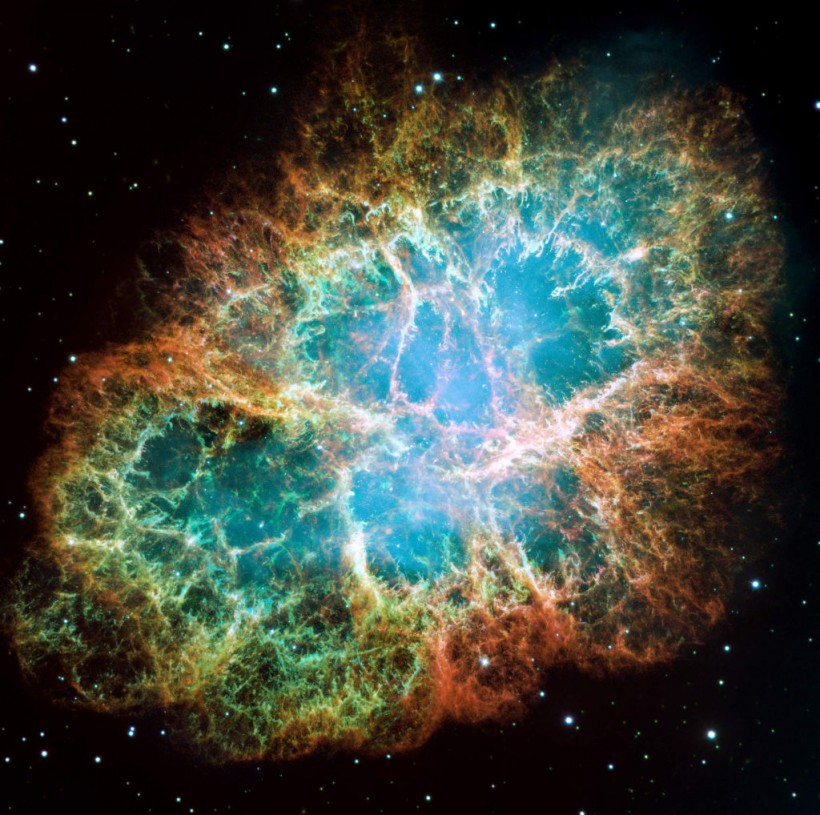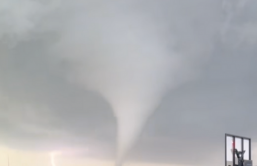Astronomers are baffled after observing a dead star coming back to life by releasing repeated energetic flares in a supernova explosion.
The distant cosmic object has seemingly sprung back to life after its violent death and blasted out the flares over a period of several months. While each flash lasted only a few minutes, they were still as bright and as powerful as the ones released in the original explosion.
Star Coming Back to Life

Astronomers have discovered a star seemingly springing back to life with a supernova explosion that occurred after its initial death.
This is a rare type of stellar cataclysm known as a "luminous fast blue optical transient" or LFBOT for short. However, this particular event took place roughly a billion light-years from our planet and has been officially designated AT2022tsd and was given the nickname "the Tasmanian devil."
LFBOTs are far brighter than the typical explosions caused by the death of massive stars but they also fade more rapidly postmortem. These extremely rare phenomena were first discovered in 2018 and their origins have since remained shrouded in mystery, as per Space.
But with the Tasmanian devil's previously unseen flare activity, astronomers may get some answers to some of the questions surrounding the events. The latest flash was observed by 15 different telescopes worldwide and the behavior seems to indicate that the engine that drives LFBOTs is either a black hole or a neutron star.
In a statement, the head author of the research, Anna Y.Q. Ho said that they do not think anything else is capable of making these kinds of flares. Ho, an assistant professor of astronomy at Cornell University added that the finding settles years of debate about what is behind this particular type of explosion and also reveals an unusually direct method of studying the activity of stellar corpses.
The Tasmanian Devil was initially discovered with software that was developed by Ho as the system was sorting through data that contained nearly half a million changing objects, or transients. These were all detected via the Zwicky Transient Facility.
Read Also: How to Watch Leonid Meteor Shower 2023: Here's the Best Time to View It
Mysterious Space Explosions
At the time of the discovery of the first LFBOT in 2018, which was nicknamed the "Cow," European Space Agency's Dr. Ashley Chrimes said that the more they learn about these phenomena, the more they surprise experts, according to IFL Science.
Scientists have now moved the Tasmanian Devil up the priority list for telescope observing time. Some flares from the explosion were visible in only one part of the spectrum, including one that could be seen through optical but not in X-rays. This is despite both types of telescopes being focused on the same location at once.
Ho noted that LFBOTs are already considered a sort of weird, exotic event, so the latest finding made it even weirder for scientists. She added that they could see a completely different channel for cosmic cataclysms in the future.
An analysis conducted by scientists later revealed at least 14 irregular light pulses over a 120-day period, which they believe is only a fraction of the total number. Ho added that instead of fading steadily as they expected, the source of the flashes briefly became brighter again multiple times, said the Cornell Chronicle.
Related Article: Powerful Gamma Ray Burst in 2022 Recently Found to Have Affected Earth's Atmosphere








